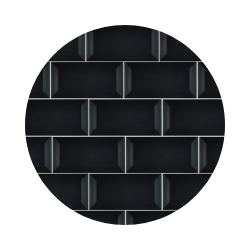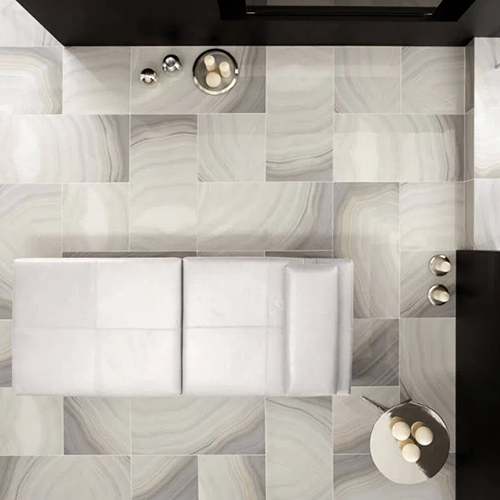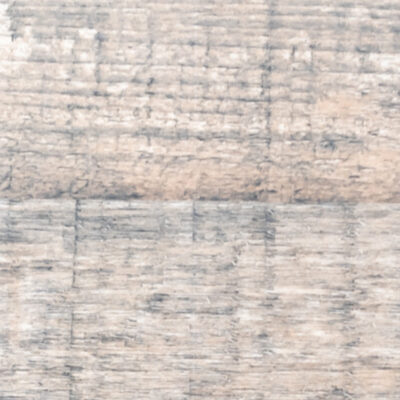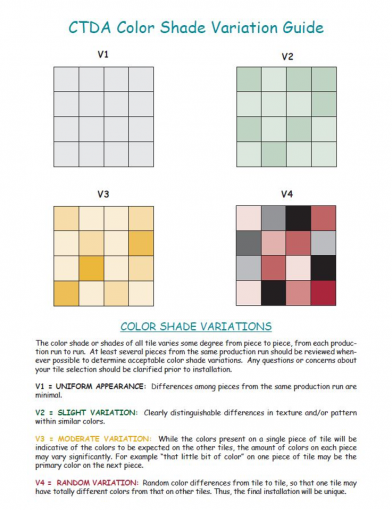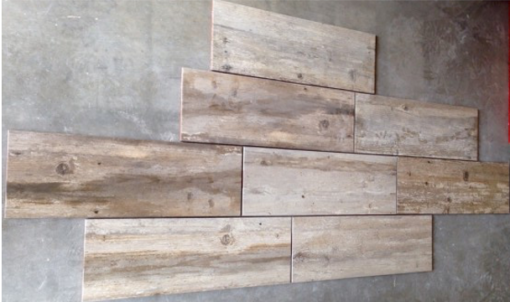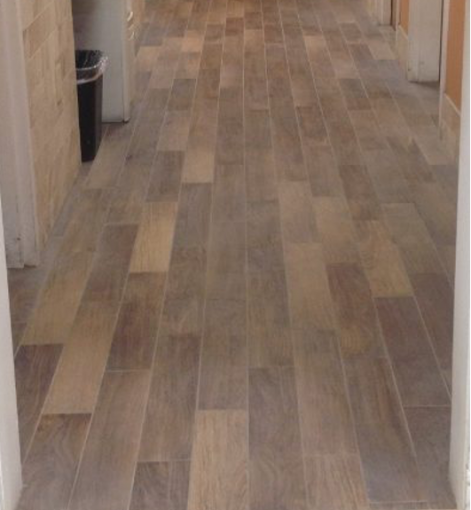What is Shade Variation or Tonality of a Tile?
Did you know that you can expect to find shade variation in porcelain and ceramic tiles?
It’s not a defect. Rather, it’s part of the porcelain and ceramic tile manufacturing process, and as printing on tiles has gotten more sophisticated, you’ll find greater ranges in patterns and shades incorporated into the design. That, in turn, better emulates what you find in natural stone or wood.
In other words, you should definitely expect to find shade variation.
What Exactly is Shade Variation?
Shade variation has to do with the appearance of the porcelain or ceramic tile you are considering. It occurs because the tile production process takes natural clay elements, bakes them at very high heat and, depending on the materials and conditions, may generate slight changes from batch to batch and dye lot to dye lot.
CTDA (Ceramic Tile Distributors Association) Rating System for Shade Variation in Porcelain and Ceramic Tiles.
The shade variation rating of a tile indicates the degree to which its colour, tone and texture may vary among individual tiles. Virtually every ceramic and porcelain tile have some degree of shade variation, even in the same production run.
The CTDA shade variation rating system for porcelain and ceramic tile consists of the following categories:
- V1 = Uniform Appearance – Differences among pieces from the same production run are minimal.
- V2 = Slight Variation – Clearly distinguishable differences in texture and/or pattern with similar colours.
- V3 = Moderate Variation – While the colours present on a single piece of tile will be indicative of the colors to be expected on the other tiles, the number of colors on each piece will vary significantly.
- V4 = Substantial Variation – Random colour differences from tile to tile, so that one tile may have totally different colors from that on other tiles. Thus, the final installation will be unique.
You see each represented visually in the images below:
Expected Manufacturing Variation from Lot to Lot.
As we mentioned above, ceramic and porcelain tiles are earthen products with a degree of expected variation in size, shade and texture from tile to tile within a single box or dye lot.
Furthermore, modern manufacturing techniques are so sophisticated that many tiles have been designed to have up to 40 or more different images (faces) within its production in order to better mimic the differences in colour, shade, variation, and veining inherent to natural products.
Try a Dry Layout of Your Tile to Determine If You Like the Variation.
The product below has considerable variation from tile to tile. Before installing such a product, create a dry layout so you and your installer can see how the variation looks close up.
It’s much easier to explore the look in this manner than to install it, be unhappy and then want to rip the installation out and start all over again.
Notice the variation in the plank colors:
When tiles are purchased, be sure to take several tiles from one box so you can see them side-by-side (dry lay) and determine how the variation in pattern and shade appeals to you.
Why is there Shade Variation or Tonality of a Tile?
Tiles are manufactured using natural materials that are kiln fired and processed. Every time a batch of tiles are made, they tend to vary slightly in shade or size in comparison to the last batch made. The slight variances can be due to any of the following:
- Kiln temperature
- Room temperature
- Atmospheric conditions
- Slight changes in glaze mix
- Material composition (colour, density, origin)
- and many more factors
These causes are referred to as the ‘tonality’ (shade & colour) including the ‘calibration’ (size) of tiles. The natural occurring variation in tiles are inherent characteristics of ceramic and porcelain tiles. This is because tiles are made from natural clays and silicas that react differently to the manufacturing and firing process.
Sometimes the tiles that are selected at any tile showroom can be a different shade to the tiles supplied. This can occur very frequently due to the time difference between showrooms creating displays and delivering a tile to site.
How Can the Tile Appear Different?
Sometimes tiles can appear different in a tile showroom to when it is viewed on site and then in a completed space. Factors affecting this can be:
- Lighting (cool or warm lights)
- Shadows created by furniture & natural light
- Your choice of grout colour
- Paint colour
- Polished or Matt finished tiles. Even Matt tiles can reflect or absorb the colour of surrounding materials
- Size of the room
- and much more.
It is important to remember that a tile’s appearance can change dramatically as soon as a room is completed. It is important to take samples home to preview as close as possible how the tile will appear in the completed space with any other colour swatches such as wall paint, countertop material and other materials used in the space.
If you have any question about Shade Variation and Tonality in Tiles, you are most welcome to contact our Tiletoria Showroom’s to speak to our experts. Our experts offer technical training that is available online or in office with your architectural team. We are also SAIAT accredited to issue CPD credits.

